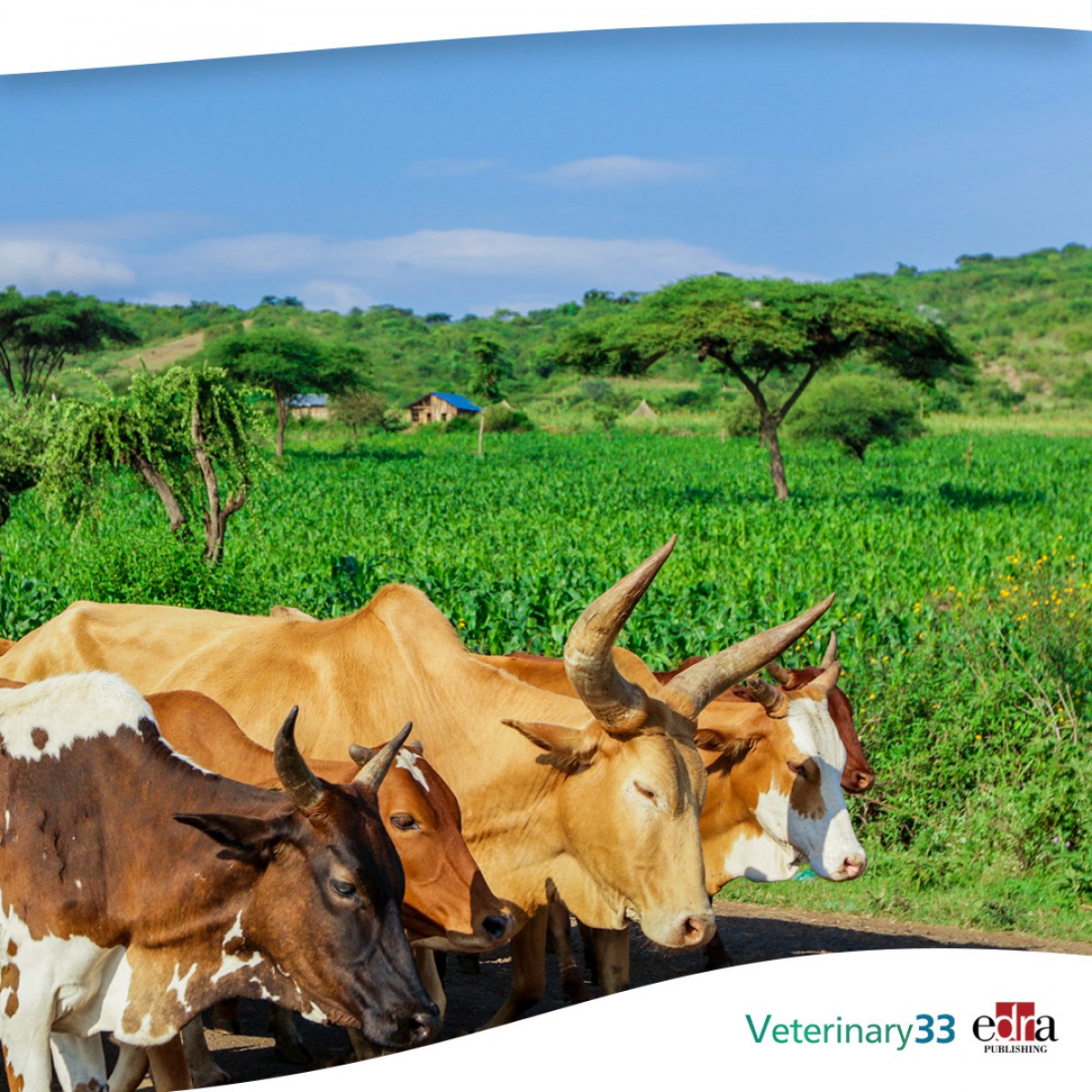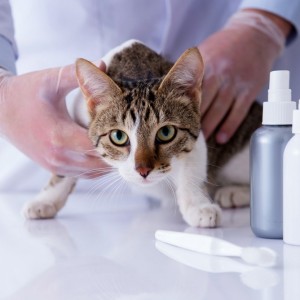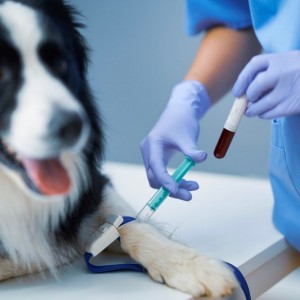Bovine Brucellosis in Ethiopia
Ethiopia, which has a high zoonotic disease burden, in 2019 prioritized the top five zoonotic diseases—rabies, anthrax, brucellosis, Rift Valley fever, and highly pathogenic avian influenza. Ethiopia has the largest cattle population in Africa (i.e., 70,291,776 cattle), with dairy animals constituting about 32.15% of the total cattle population. Approximately 80% of Ethiopians depend on agriculture and work closely with their livestock, which makes them vulnerable to zoonotic disease spread. Bovine brucellosis is endemic and widespread in Ethiopia, and 2010 to 2021 reports indicate a prevalence as high as 68.6% at the herd level in certain areas. Despite these concerning reports, control measures and community awareness are deficient.
Brucellosis infection
Brucellosis is caused by a gram negative, facultative intracellular bacteria from the genus Brucella, and can be traced back to Egypt’s fifth plague around 1600 BC. Transmission in cattle mainly occurs by contacting pasture or water contaminated by aborted fetuses, fetal fluids, and vaginal excretions, while humans can be infected when they consume unpasteurized milk products or undercooked meat, or contact infected animal materials, such as aborted fetuses, urine, and placenta. Signs in cattle manifest as reproductive problems, including abortions, neonatal weakness, retained placenta, endometritis, orchitis, and infertility. Humans’ signs include fever, headaches, back pain, and lethargy, and neurological signs and endocarditis in severe cases. Brucellosis is difficult to treat, and antibiotic treatment that is generally recommended is rarely effective in animals, and relapses are common. Brucellosis causes significant economic livestock losses, and is considered the second most dangerous zoonotic disease worldwide, after rabies, by the World Organization for Animal Health.
Bovine brucellosis in Ethiopia
Ethiopia is inhibited from exporting live animals and red meat to markets such as the Middle East, Gulf States, and other African countries because of many challenges, including food and water shortages, poor husbandry management, and diseases such as brucellosis. How and when bovine brucellosis was introduced to Ethiopia is not documented, but the disease is currently endemic throughout the country, with most surveys indicating rising numbers. The disease has contributed to Ethiopia’s serious economic crisis with indirect losses, such as morbidity, mortality, and reduced fertility and milk production, and direct losses, such as abortion, neonatal death, replacement costs, and treatment costs. Disease spread in Ethiopia is mainly because the movement of cattle from infected herds to brucellosis-free herds is unregulated.
Human brucellosis in Ethiopia
Brucellosis is the world’s most common zoonotic disease, with approximately 500,000 cases reported annually across the globe. People most commonly infected include veterinarians, farmers, stock inspectors, abattoir workers, laboratory personnel, butchers and hunters. Human brucellosis in Ethiopia has been reported in several urban and rural areas, but pastoral communities have the highest prevalence, since these people tend to consume unpasteurized dairy products, live in close proximity to their animals, and have poor access to health services. The major infection sources include improper handling of aborted biological materials, reproductive tract excretions, and lactating cows.
Controlling brucellosis in Ethiopia
Brucellosis control is necessary to reduce the risk to human health and mitigate economic losses. The most important control measures include testing, isolation or slaughter, restricting animal movement, and vaccination. Accomplishing these goals will require a concerted effort to make Ethiopians aware of the problem and educate them on proper husbandry techniques. Several bovine brucellosis seroprevalence reports have been conducted in different Ethiopia regions, but few or no studies have been conducted in higher risk groups, such as pastoral areas far from the country’s capital. This information is needed to fully assess Ethiopia’s brucellosis problem, but challenges to disease control include:
- Poor data sharing between animal and human health sectors
- Community members who are uneducated about the risks
- Limited laboratory diagnostic capacity, resulting in poor detection
- Lack of clear legislation to promote a One Health approach to the problem
National Brucellosis Technical Working Group
The government launched the National Brucellosis Technical Working Group (NBTWG) to spearhead a collaborative effort that involves government, private sectors, and universities to implement prevention and control efforts through a One Health approach. The group includes veterinary and medical experts in bacteriology, microbiology, and epidemiology to provide a strategic discussion platform. So far, the national One Health coordinating groups extend to seven regions, including Amhara, Oromia, Southern Nations Nationalities People Region, Tigray, Somali, Benishangul-Gumuz, and Gambella. A National One Health Strategic Plan was formulated to guide a One Health approach in Ethiopia, which aims to control brucellosis through five key objectives, including:
- Coordination and collaboration — Human and veterinary professionals will work together to ensure effective One Health schemes.
- Preparedness — Team members will be prepared to quickly respond to emerging threats.
- Surveillance — Testing will be conducted in numerous areas to improve surveillance and reporting.
- Communication — Team members will communicate effectively to ensure information is shared with the community.
- Research — Continued research will be conducted to broaden awareness.
In addition, a strategy document called the National Brucellosis Prevention and Control Strategic Plan has been drafted to provide comprehensive guidance for brucellosis response. The goal is to reduce brucellosis’ impact on livestock and humans in Ethiopia by 2030 through multi-sectoral, multi-level community engagement.
Brucellosis is a significant problem in Ethiopia, and steps such as prevention and control measures, community awareness efforts, and studies in higher-risk areas are necessary to reduce the impact of this debilitating disease, help mitigate economic losses, and to save lives.
“Bovine intracranial neoplasia: A retrospective case series” Hanne Jahns, et al. Vet Pathol. 2022 May 31;3009858221100433. doi: 10.1177/03009858221100433.













List
Add
Please enter a comment